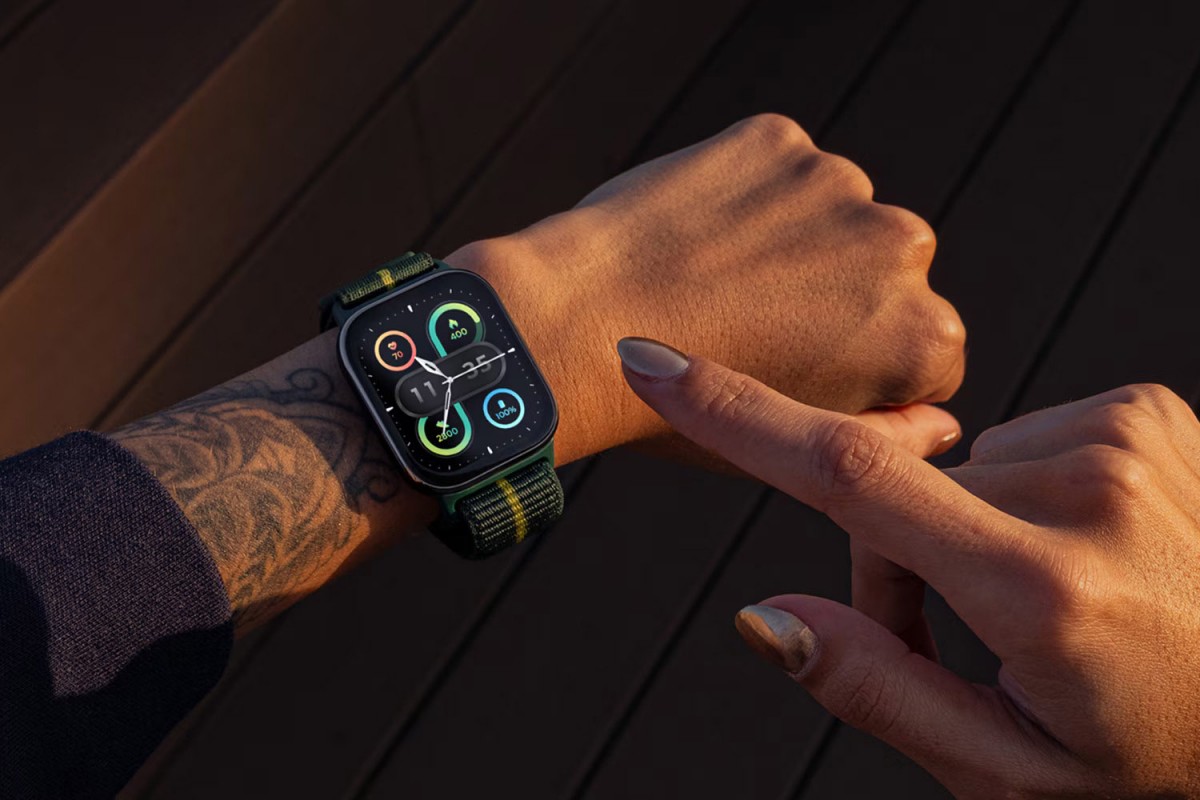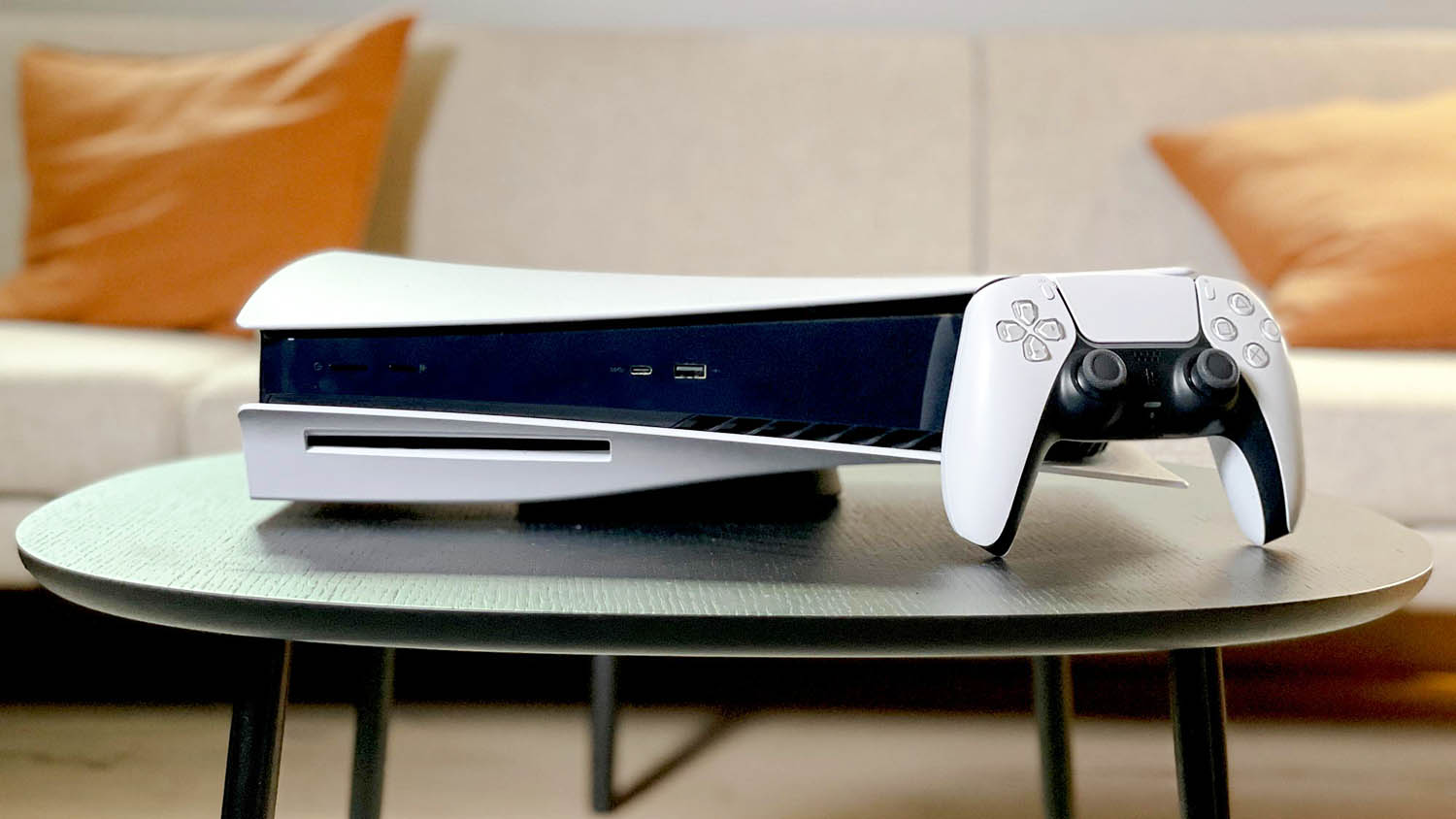Divers have recovered a 15th-century sea monster’s wooden figurehead featuring lion-like ears and crocodile-like jaw from Baltic Sea in southern Sweden. The figurehead was lifted with extreme care to prevent damage of any kind.
Divers came across this ancient figurehead when trying to bring up treasures from the remains of a wrecked 15th-century Danish warship called Gribshunden. It is believed that Gribshunden sunk in the year 1495 after catching fire. The ship was on its way to Kalmar, a city situated on the east coast of Sweden from Copenhagen, the capital city of Denmark.
Gribshunden, according to marine archaeologists, belongs to the same era as Santa Maria, the largest ship used by the legendary explorer Christopher Columbus.
It’s true that Gribshunden’s hull has been damaged severely; however, due to the condition of the remaining pieces, it can be tagged as one of the best-preserved wrecks of this kind.
Prof. Johan Ronnby, who teaches marine archaeology at the Sodertorn University, said that the last time the wrecked warship saw the world people like Christopher Columbus and Leonardo da Vinci were very much alive.
The figurehead which was lifted from the sea bed has a pretty ferocious appearance and is thus believed to be a tool designed for scaring enemies. Ronnby said the figurehead is clearly a sea monster, but further discussion is needed to conclude what type of animal it actually is. According to Ronnby, it’s a type of fantasy animal, probably a dragon with crocodile-like jaw and lion-like ears.
The professor continued by saying that he and his colleagues were expecting to find something fantastic, but what they have actually found is beyond their expectations. He added that the figurehead is absolutely unique, something the world has probably not seen before.
http://thehoopsnews.com/2015/08/13/7511/lager-beer-yummy-taste-is-because-of-dna-sequencing-of-hybrid-yeast/
Now, the researchers are planning to bring more objects from the wreck to the surface. According to them, the wrecked warship is so well-preserved, as sea worms are not very fond of Baltic Sea’s brackish water.
Experts believe that the area where the figurehead was found will undergo more excavations in future. They are confident that future excavations will also allow divers to come up with unique objects like the 15th-century figurehead.








